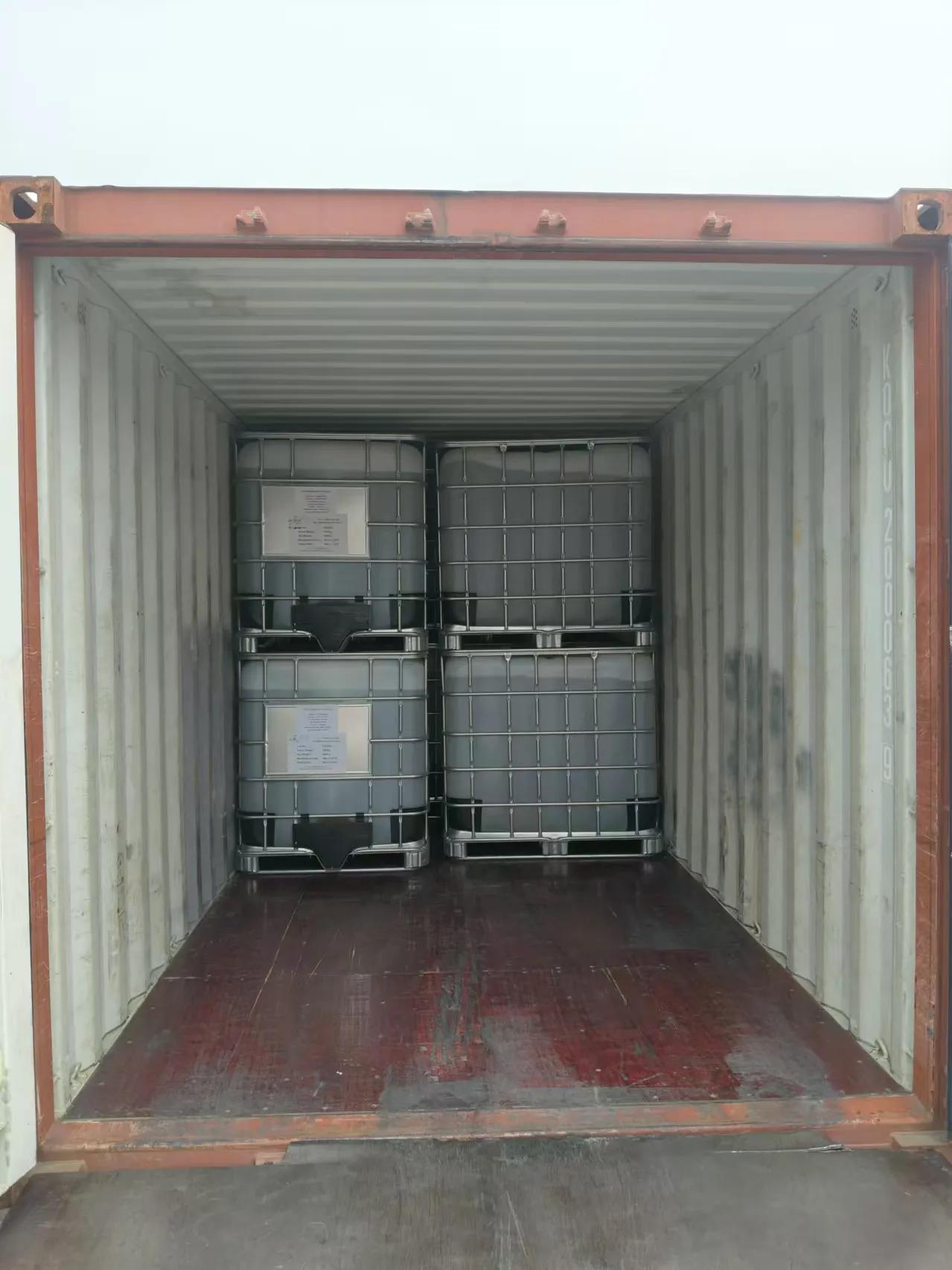The world of modern anesthesia relies heavily on volatile liquid anesthetics, with isoflurane lan sevoflurane standing as two of the most widely used active pharmaceutical ingredients in this category. These fluorinated ether compounds have revolutionized both human and veterinary anesthesia since their introduction, offering clinicians safe and controllable options for maintaining unconsciousness during surgical procedures. While isoflurane 100ml and 250ml presentations remain staples in many operating rooms, sevoflurane has gained significant market share due to its favorable pharmacokinetic profile. This comparative analysis examines the pharmacological characteristics, clinical applications, and practical considerations of these two essential anesthetic agents, providing insights valuable for anesthesiologists, pharmacists, and veterinary professionals involved in API drug development and clinical practice.

Chemical Properties and Pharmaceutical Formulations
The fundamental differences between isoflurane lan sevoflurane begin at the molecular level, influencing their behavior as active pharmaceutical ingredients. Isoflurane (1-chloro-2,2,2-trifluoroethyl difluoromethyl ether) and sevoflurane (fluoromethyl 2,2,2-trifluoro-1-[trifluoromethyl]ethyl ether) share structural similarities as halogenated ethers but demonstrate distinct physical properties that impact their clinical use. Isoflurane veterinary and human formulations typically come in amber glass bottles of 100ml or 250ml sizes, protected from light due to potential degradation when exposed to ultraviolet radiation. In contrast, sevoflurane's greater molecular stability allows for more flexible packaging options, though it remains susceptible to degradation by strong bases.
The manufacturing processes for these anesthetic active pharmaceutical ingredients follow strict Good Manufacturing Practice (GMP) guidelines to ensure purity and consistency. API drug development for both agents has focused on minimizing impurities that could cause airway irritation or other adverse effects. While isoflurane use began in the 1980s, followed by sevoflurane in the 1990s, both have undergone continuous refinement in production methods to meet increasingly stringent quality standards for medical gases and volatile anesthetics.
Isoflurane Pharmacokinetic Profiles: Uptake and Distribution
The clinical performance of isoflurane lan sevoflurane differs significantly due to their distinct pharmacokinetic properties, a crucial consideration in anesthetic selection. Sevoflurane's blood-gas partition coefficient of 0.69 gives it a substantial advantage in speed of induction and recovery compared to isoflurane's coefficient of 1.46. This fundamental difference means sevoflurane achieves equilibrium between alveolar and blood concentrations more rapidly, allowing for quicker anesthetic depth adjustments - particularly valuable in outpatient settings where rapid turnover is essential.
Tissue distribution patterns also vary between these active pharmaceutical ingredients. Both agents demonstrate minimal metabolism (sevoflurane approximately 3-5%, isoflurane about 0.2%), but sevoflurane's lower solubility in blood and fat results in faster washout from peripheral compartments. This characteristic makes sevoflurane especially useful for lengthy procedures where prompt recovery remains desirable. The pharmacokinetic advantages of sevoflurane must be weighed against its higher cost, a factor that maintains isoflurane 250ml presentations as economically attractive options for many institutions.
Isoflurane Pharmacodynamic Effects: Central Nervous System
The effects of isoflurane lan sevoflurane on the central nervous system reveal both similarities and important distinctions. As active pharmaceutical ingredients acting on GABAergic and other neurotransmitter systems, both produce dose-dependent unconsciousness, amnesia, and immobility. However, sevoflurane's lower blood solubility correlates with more rapid changes in anesthetic depth in response to vaporizer adjustments, providing clinicians with more precise control.
Minimum alveolar concentration (MAC) values differ between the agents, with sevoflurane typically requiring higher end-tidal concentrations than isoflurane for equivalent anesthetic depth (sevoflurane MAC ~2.0% in adults vs. isoflurane ~1.15%). This difference in potency influences vaporizer design and calibration specific to each agent. In pediatric populations, both agents show age-related MAC variations, but sevoflurane's non-pungent odor gives it a distinct advantage for mask inductions in children, a consideration that has shaped its predominant role in pediatric anesthesia practice.
Recovery Characteristics and Postoperative Outcomes of Isoflurane
The emergence profiles of these active pharmaceutical ingredients differ substantially due to their varying solubilities. Sevoflurane's low blood-gas partition coefficient translates to significantly faster emergence and recovery of cognitive function compared to isoflurane. This advantage proves particularly valuable in ambulatory surgery settings where rapid turnover and early discharge are priorities.
Postoperative nausea and vomiting (PONV) incidence appears similar between the agents when used at equivalent MAC-hours, though sevoflurane's faster elimination may lead to earlier onset of PONV symptoms. Emergence agitation occurs more frequently with sevoflurane, especially in pediatric populations, while isoflurane use may be associated with more prolonged sedation in the immediate postoperative period. These recovery characteristics often guide clinician preference based on specific patient populations and surgical requirements.
Veterinary Applications: Isoflurane Veterinary Use vs. Sevoflurane
The comparative advantages of these active pharmaceutical ingredients extend to veterinary medicine, where isoflurane veterinary formulations have long been the mainstay of small animal anesthesia. Sevoflurane's superior induction characteristics make it ideal for mask inductions in feline and other sensitive species, while isoflurane remains widely used for maintenance anesthesia due to its cost-effectiveness.
Large animal applications present unique considerations, with sevoflurane's rapid clearance offering advantages in equine anesthesia where smooth recovery is paramount. However, the substantial fresh gas flows required for adult horses make sevoflurane prohibitively expensive for many practices, maintaining isoflurane as the primary choice for equine general anesthesia. Veterinary API drug development continues to explore formulations and delivery systems optimized for diverse animal species and practice settings.
Isoflurane Contextual Selection of Optimal Anesthetic Agent
The choice between isoflurane lan sevoflurane as active pharmaceutical ingredients for general anesthesia depends on multiple clinical, practical, and economic factors. Sevoflurane's superior pharmacokinetic profile makes it ideal for situations requiring rapid onset and offset of anesthesia, particularly in pediatric and outpatient settings. Isoflurane's cost advantage and clinician familiarity maintain its position as a workhorse anesthetic for many inpatient and veterinary applications.
Ultimately, both agents represent valuable tools in the anesthesiologist's armamentarium, with selection guided by patient characteristics, procedural requirements, and institutional resources. As anesthetic practice continues to evolve, the complementary strengths of isoflurane lan sevoflurane ensure both will remain essential components of modern anesthesia care, with ongoing refinements in their use and delivery further enhancing patient outcomes and clinical efficiency.

